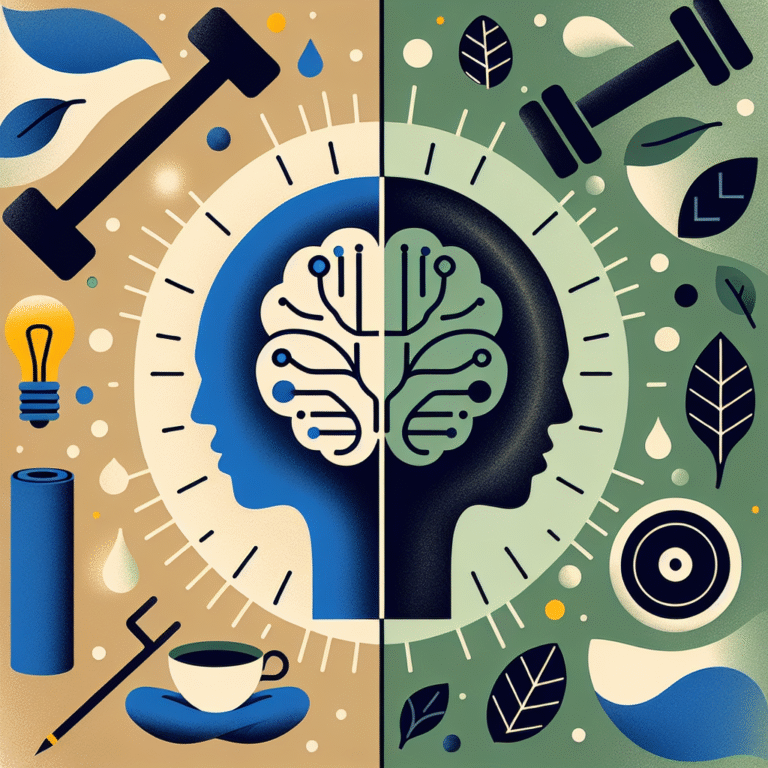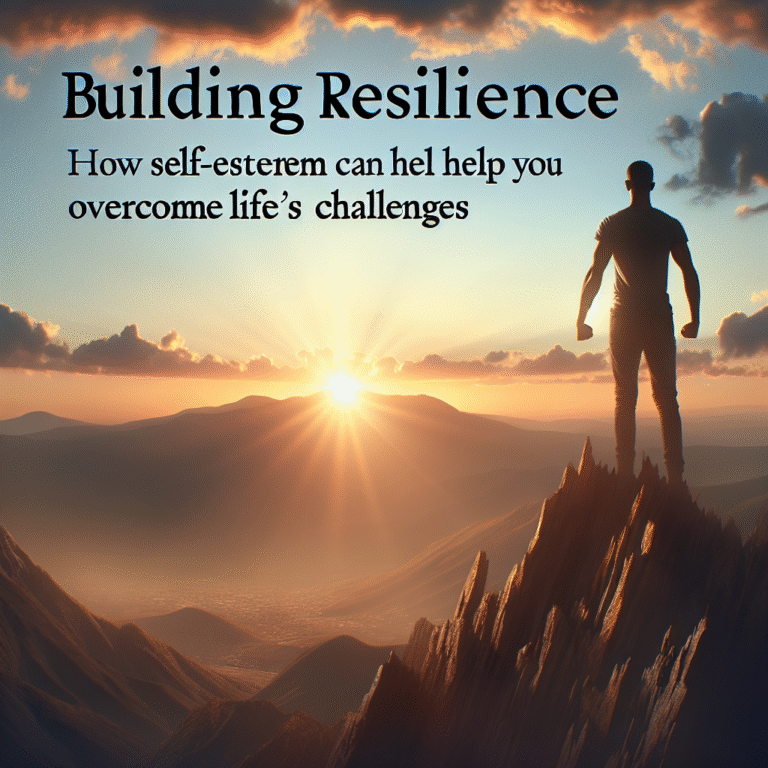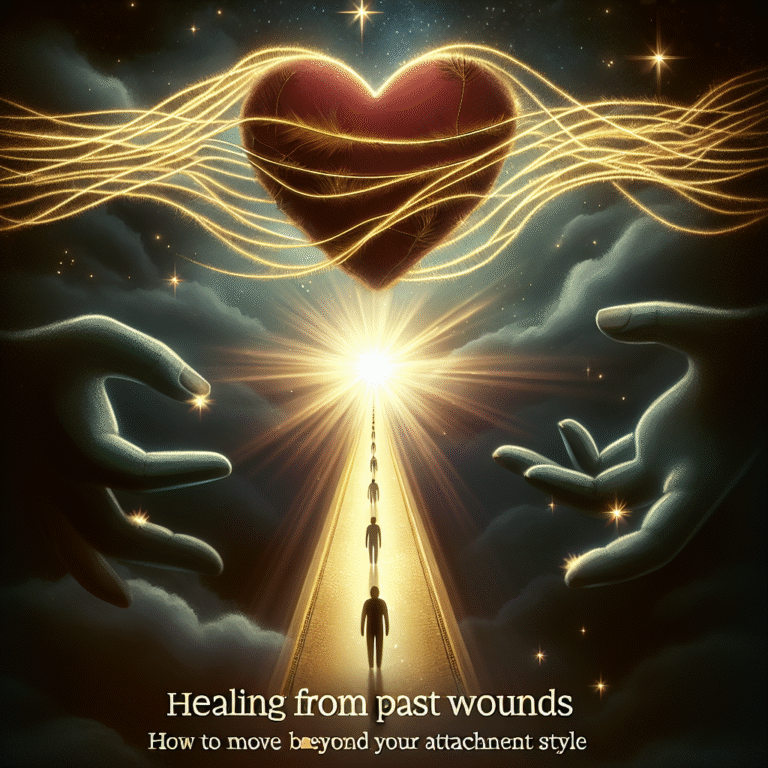
Introduction
In the dynamic landscape of our modern existence, mental health has emerged as a critical topic of conversation. As we navigate through the Digital Age, it’s crucial to explore the parallels that technology, particularly social media, creates with our psychological well-being. The Digital Age and Mental Health: Navigating Social Media’s Impact on Well-Being is not merely a topic; it’s a deep dive into understanding how the platforms we engage with can influence our lives, shape our thoughts, and impact our emotional health.
Recent studies indicate a growing concern regarding the correlation between social media usage and mental health issues, particularly among younger demographics. While platforms like Instagram, Facebook, and Twitter offer opportunities for connection and community, they also present challenges that can exacerbate feelings of anxiety, depression, and isolation. To truly comprehend this double-edged sword, we must embark on a comprehensive exploration of both the positive and negative impacts of social media in the Digital Age on mental health.
Understanding the Digital Landscape
The Rise of Social Media
Social media platforms have revolutionized the way humans communicate. According to a recent report, over 4.9 billion people around the world use social media, representing roughly 60% of the planet’s population. This staggering growth reflects our increased desire for connection but also raises questions about the psychological implications of this connectedness.
The Positive Side: Connectivity and Support
In the Digital Age and Mental Health: Navigating Social Media’s Impact on Well-Being, it’s important to highlight the bright aspects. Social media has democratized access to information and community support. Individuals can share their experiences, seek advice, and find others who resonate with their struggles. Support groups and mental health resources flourish online, offering comfort and guidance to those in precarious situations.
Case Study: The Anxiety and Depression Association of America (ADAA)
The ADAA launched an online support community that connects millions of users grappling with anxiety and depression. By fostering dialogue and providing resources, they’ve significantly reduced feelings of isolation among users. The success of this platform indicates how the Digital Age can facilitate mental health improvement.
The Dark Side: Comparison and Exclusion
Conversely, the surge of social media frequency invites negative emotions such as envy, inadequacy, and loneliness. Algorithms that reward curated perfection can lead to destructive comparison, intensifying feelings of inadequacy. According to a study conducted by the Royal Society for Public Health, platforms such as Instagram can distinctly elevate levels of anxiety and depression through an intricate web of social comparison.
Case Study: The UK RSPH Study
The RSPH study surveyed over 1,500 young individuals, uncovering that nearly 70% reported experiencing FOMO (fear of missing out) due to social media use. This case illustrates how the very connections intended for support can sometimes exacerbate feelings of isolation.
Navigating the Psychological Landscape
Social Media Usage Patterns
Understanding how individuals use social media is pivotal in evaluating its impact on mental health. A recent Pew Research study indicated that people are likely to engage in different types of social media interaction, ranging from passive scrolling to actively sharing content. These distinctions can profoundly impact mental health.
The Role of Algorithmic Culture
The Digital Age and Mental Health: Navigating Social Media’s Impact on Well-Being can also be viewed through the lens of algorithmic culture. Algorithms dictate the content users see, often exacerbating their emotional landscapes by continually presenting curated highlights rather than authentic lived experiences.
Fostering Healthy Online Habits
Digital Detox: Unplugging for Mental Clarity
In a world where social media is omnipresent, practicing occasional digital detoxes can significantly enhance well-being. Short breaks from social platforms allow individuals to recalibrate and refocus on offline connections and themselves.
Setting Boundaries: Curating Your Feed
Another actionable step involves curating social media feeds to minimize exposure to negative influences. Unfollowing accounts that induce anxiety and following those that inspire positivity can redefine one’s digital experience, promoting a healthier mindset.
The Science of Connection
Mental Health and Emotional Well-Being
Mental health is intrinsically linked to emotional well-being. Positive online interactions can enhance feelings of acceptance and self-worth. Conversely, negative exchanges can detract from emotional well-being. In the context of the Digital Age and Mental Health: Navigating Social Media’s Impact on Well-Being, the emotional facets are intricate—and often contradictory.
Table 1: Overview of Positive and Negative Impact Factors
| Impact Factor | Positive Outcomes | Negative Outcomes |
|---|---|---|
| Connection | Fosters community and support | Promotes dependency and isolation |
| Information Access | Informs users of resources | Spreads misinformation and fear |
| Emotional Support | Empowers sharing and openness | Risks emotional contagion |
| Inspiration | Encourages personal growth and motivation | Leads to unrealistic standards and burnout |
Psychological Implications
Mental health professionals are beginning to recognize the need for holistic approaches in treating social media-induced anxiety. Cognitive Behavioral Therapy (CBT) practices can aid individuals in reframing harmful thoughts associated with their online experiences.
Real-World Applications
Educational Campaigns
Raising awareness is vital in addressing the Digital Age and Mental Health: Navigating Social Media’s Impact on Well-Being. Programs tailored to educate users about healthy online habits are now proliferating in schools and workplaces.
Case Study: Campaigns in Schools
Several educational institutions have implemented programs addressing social media literacy, teaching students about the repercussions of online actions. These campaigns have seen a marked improvement in students’ understanding of mental health and social media responsibility.
Therapy and Online Counseling
The rise of teletherapy has transformed mental health care accessibility. Online platforms connecting users with mental health professionals have burgeoned, making therapy more accessible to those affected by social media-related issues.
Case Study: Talkspace and BetterHelp
Platforms like Talkspace and BetterHelp are leading the way in making therapy more approachable. User testimonials suggest that these resources empower individuals to seek care without the stigma often attached to traditional therapy conditions.
Conclusion
The Digital Age and Mental Health: Navigating Social Media’s Impact on Well-Being is an essential conversation that requires awareness, balance, and proactive engagement. By understanding the ramifications of social media usage, individuals can cultivate healthier online habits that promote rather than hinder mental well-being.
The key takeaway? Social media can be both a lifeline and a low point; it’s up to each user to define that relationship carefully. By remaining conscious about our digital interactions and taking actionable steps towards healthy engagement, we can harness the power of social media to uplift our mental health and navigate these digital waters with resilience.
FAQs
1. How does social media contribute to anxiety?
Social media often cultivates an environment of constant comparison and unrealistic standards, which can lead to increased feelings of anxiety and inadequacy, especially among youth.
2. Can social media positively affect mental health?
Yes, social media can provide platforms for connection, emotional support, and access to resources, thereby positively influencing mental health when used mindfully.
3. What is a digital detox and why is it beneficial?
A digital detox involves taking breaks from social media to improve mental clarity, reduce stress, and refocus on real-life interactions. It can be beneficial for emotional well-being.
4. How can I set boundaries with social media?
Setting boundaries can include unfollowing accounts that induce negative emotions, limiting screen time, and designating specific times for social media use.
5. Are there any online resources for mental health support?
Yes, platforms such as the Anxiety and Depression Association of America and teletherapy services like BetterHelp and Talkspace offer extensive resources for mental health support.
In our ongoing journey through the Digital Age, exploring these complex intersections of technology and mental health becomes not just insightful but essential. The paths we choose today shape our well-being for tomorrow. Embrace the journey with intentionality and self-awareness.
















